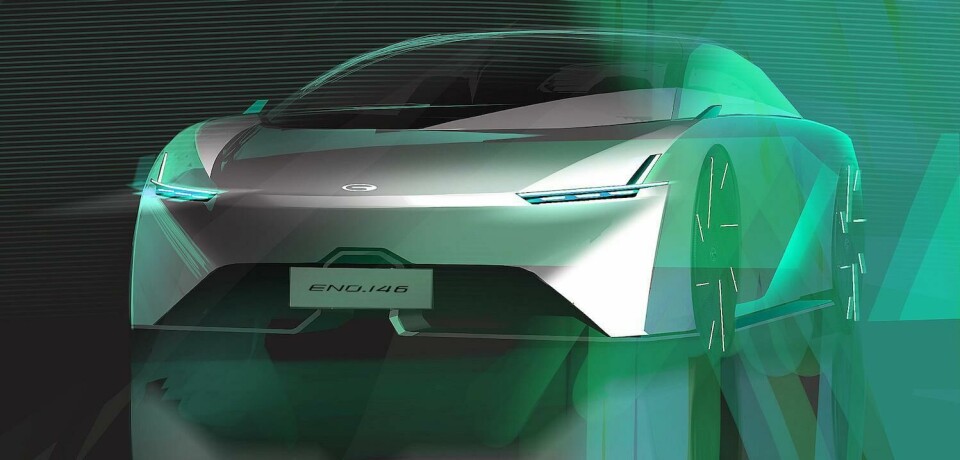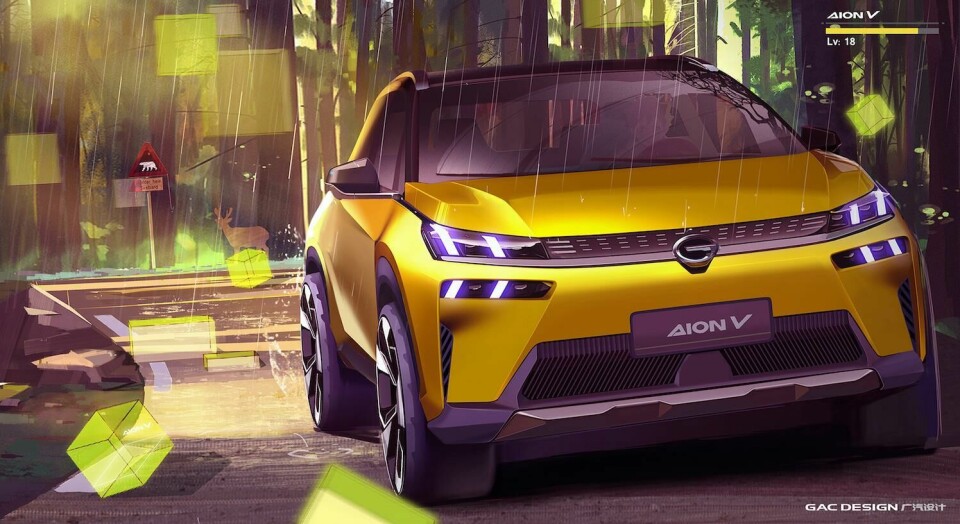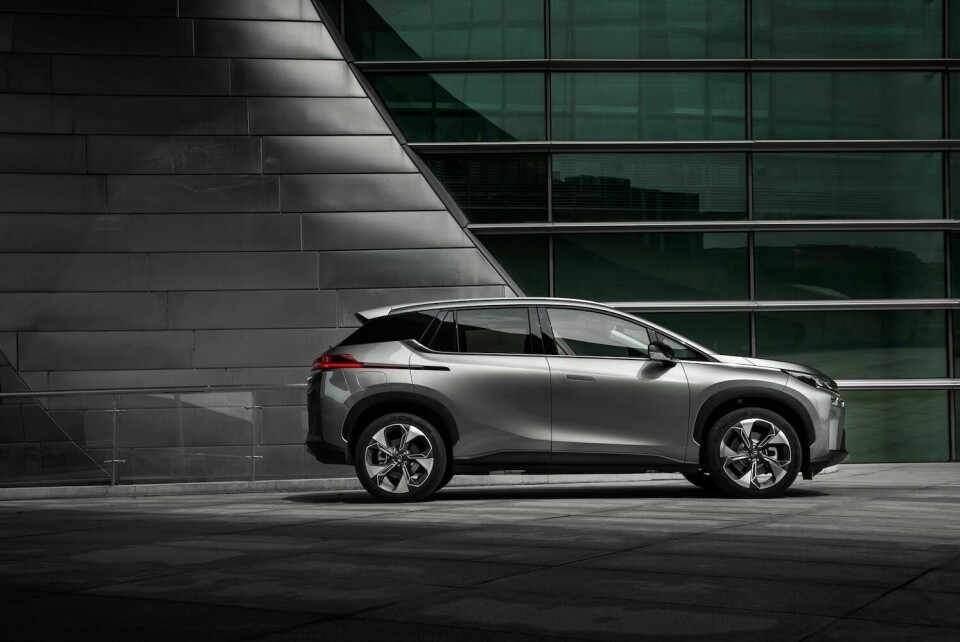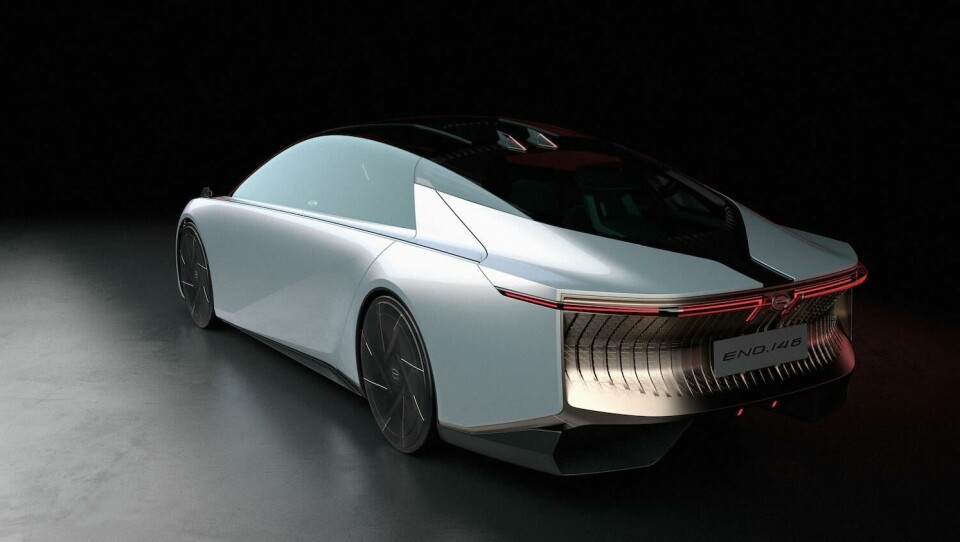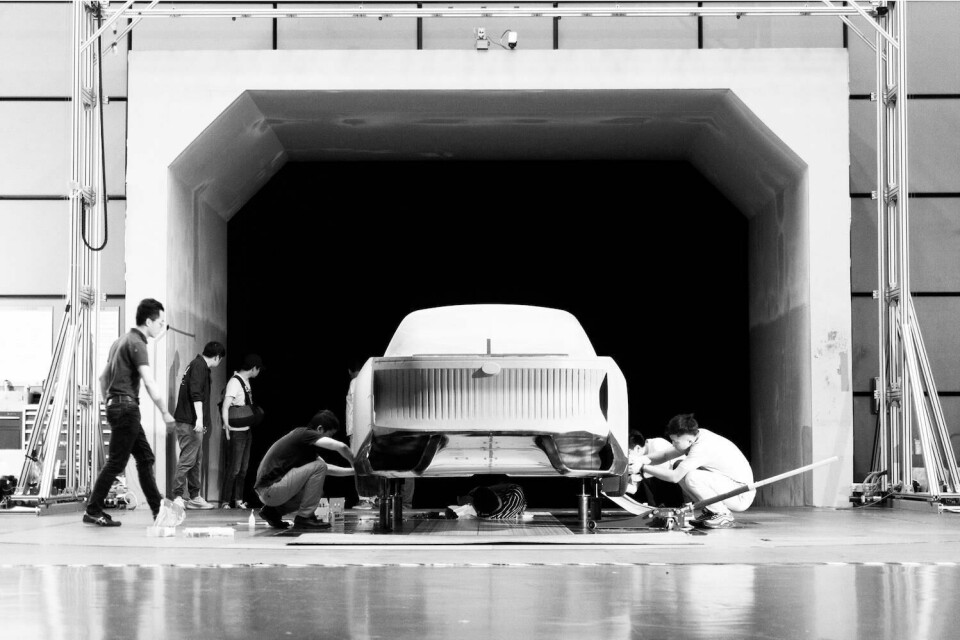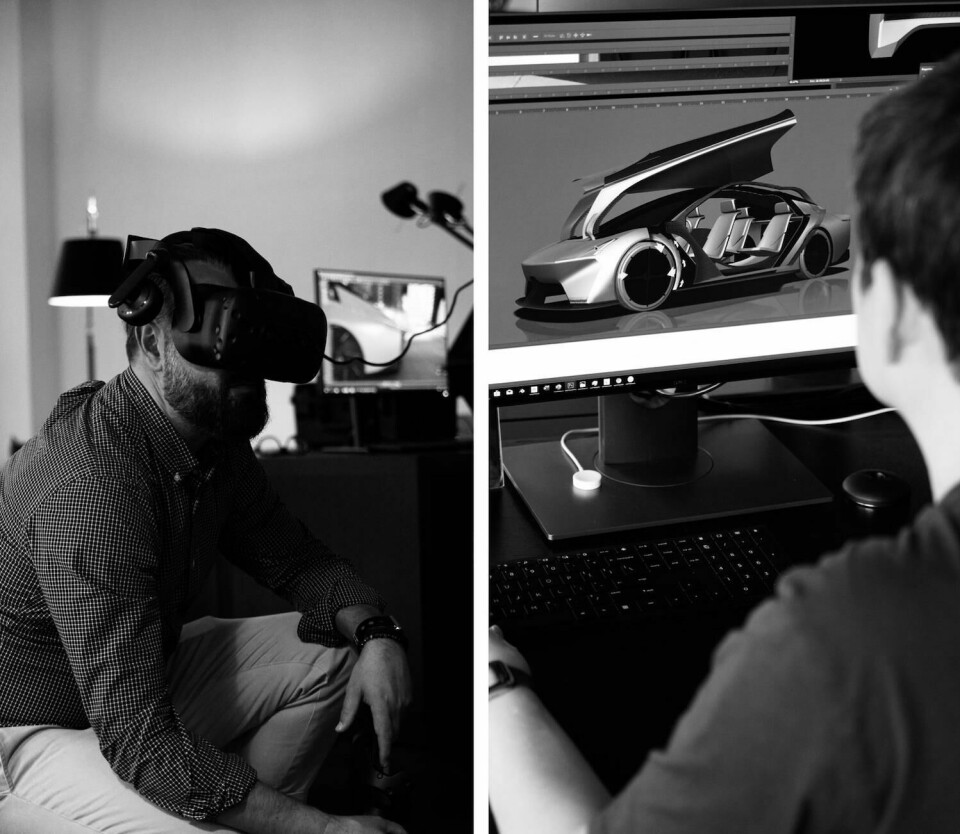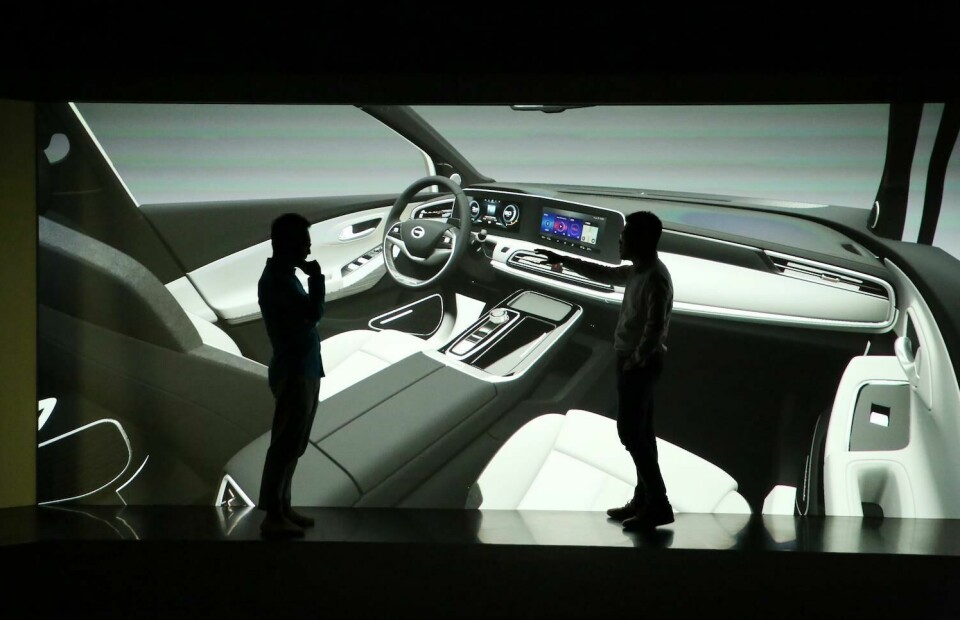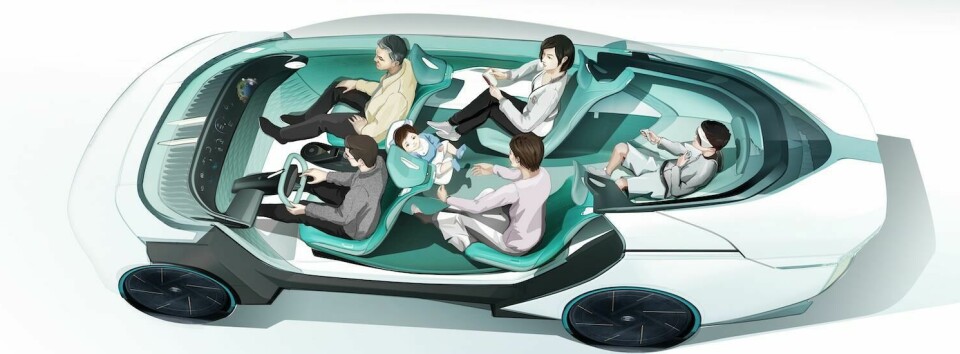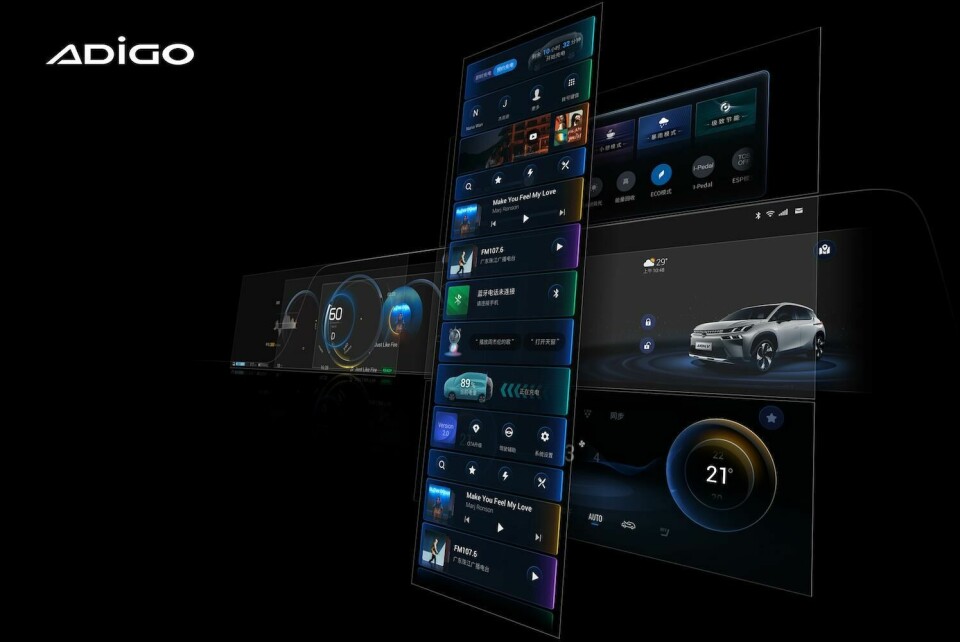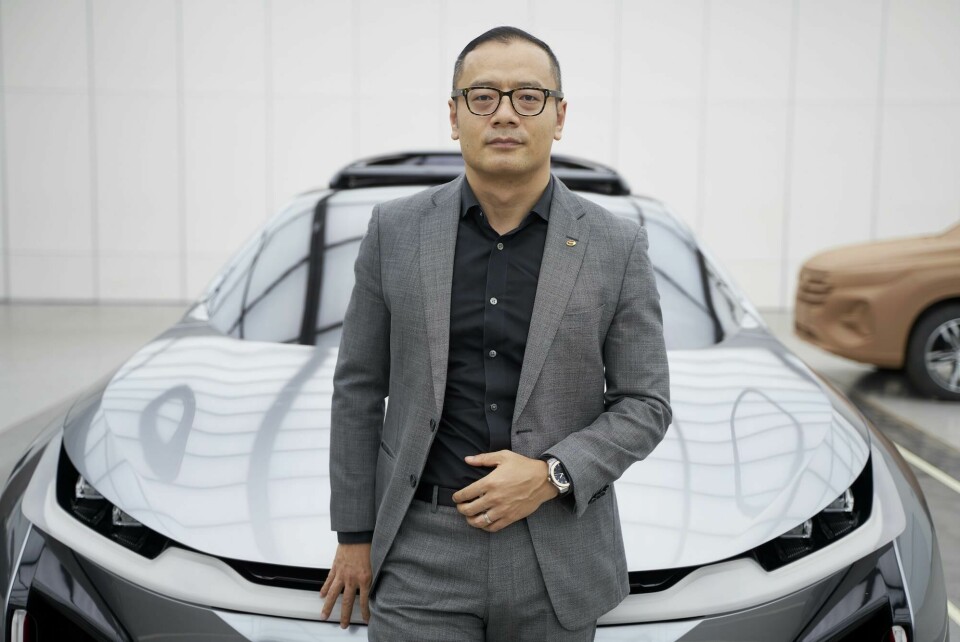
Car Design Review 7: Fan Zhang, GAC
GAC’s Fan Zhang explains the brand’s ’vector energy’ approach to aerodynamics and creating a brand loyalty in China from scratch
In the past, GAC didn’t quite have a design philosophy, we were just trying to create something new, to test a form language and to create products that could be easily distinguished from the competition. That has changed. The first form language and front identity GAC developed was called ‘flying dynamics’. Now we are working on giving all our products new features, a new design form language, ‘vector energy’, elegantly executed with a high sense of quality, both visual and also build quality. The GAC ENO.146 is an expression of that form language. This is how we communicate the high quality design being done in China to the world, even though our products are still only sold in China.
At GAC Design we aim to be in the same league as other international OEMs, while creating our own (Chinese) unique character. In Western markets customers are more comfortable with traditional design, new models being iterations of the same brand identity. In China customers are not loyal to a brand and are not satisfied with the same designs as before. When you have this kind of customer the only way is to keep moving. The next form language must be more exciting, more advanced.
Since 2018, we have added two international satellite studios to the main Guangzhou HQ. Los Angeles (Costa Mesa) is headed by Pontus Fontaeus, and we see that studio as the ‘troublemaker’, in a good way. In 2019, we built the Shanghai studio, which is in a really cool industrial building in the heart of the Shanghai’s arts district. In both locations, and at HQ, we have experienced international and Chinese designers working for us – the idea is for all the studios to work holistically and to push GAC Design forward.
When we showed the ENO146 (at Guangzhou) we created a new world record for aerodynamics. Now creating a record is not that difficult but it came from a creative exercise, and that is interesting. Most aero cars we have seen previously carry very fluid forms but we explored architecture to inspire our new form language, ‘vector energy’. The interior layout of 2 plus 1 plus 2 plus 1 is very innovative. One person can drive it as a performance car, but it also operates as a family car, it is quite an achievement. This layout also reflects a typical Chinese family, three generations and two kids. Another message behind the ENO.146 is that the car is the cooperative work of three design studios and that requires a lot of teamwork and coordination. Our LA studio took the lead on the exterior, Shanghai on the interior and Guangzhou had responsibility to coordinate and come up with the build plan for the car. Show cars are very important as they are a tool for designers to practise their skills and to experiment with new things. And show cars like the ENO.146 feed directly into our production cars – the technical solutions tested on show cars can be applied pretty quickly to production models.
In Europe and the US, people grow up with cars belonging to their families, which brings brand allegiance. In China, this was not the case. In the beginning, customers didn’t know much about cars. In such a short period of time this has changed – now there are a wide variety of cars available in China, almost too many choices. Those cars are supported by many applications of technology, so the perception and expectation is dramatically changing all the time. As designers, we need to move even quicker. For the automotive industry this creates a problem, speed of development is one of the industry’s weak points. We have got the development period down to two-to-three years at GAC, much faster than in Europe and the US, but still too long.
As designers we live with this anxiety every day. But to look at it in a positive way – the desire to change pushes us to come up with better designs. GAC Design is now also getting much more involved now in UX design to create a more seamless car experience – the boundary of where ‘design’ stops is changing. China is in a new and exciting period – there are so many new technologies, and so much expectation from our young customers. They are used to innovation coming from other areas like smartphone and internet technology – this creates new demands. One thing we recognised, earlier than most OEMs, is the importance of having the UI and UX design team in-house.
We now have an established team of 40 designers working on GAC’s UX design, and they are part of the GAC design centre. There was a lot of discussion about where the team should belong. Some companies do it differently, but we think it works well in design. They have a lot of involvement with the electronic engineering team and suppliers, but because they report to design, we are in charge of this experience for customers. We can unite and integrate the hard- and software to create seamless experiences in future. I think a lot about what the future holds for designers. The automotive industry is changing dramatically at the moment and the future will radically change the mindset and the practice of car design. I almost envy the designers of 20 years ago, who had a family design DNA, a form language they could evolve slowly. Our challenges come from electrification, intelligence, sharing, displays in cars and experience more than aesthetics. Even the vocabulary is different and we have to adapt to this new situation.
